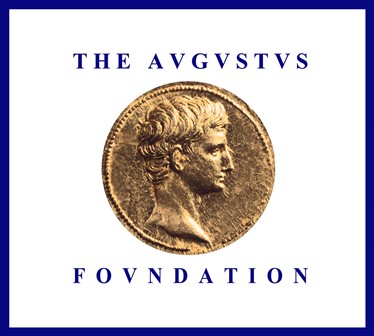
|
 |
- Home
- News
- Team
- Databases
- Conferences
- Oxford Studies on the Roman Economy
- Coin Hoards of the Roman Empire Project
- Affiliated Projects
- Publications
- Bibliographies
- Working Papers
- Links

Rethinking Urban Economic Geography in Early Islamic Near-East (7th-9th centuries CE)
04-10-2012 | ||||
From the late 7th century to the 9th century, before the end of political unity in the Abbasid Caliphate, the first steps towards the creation of the Islamic State were accompanied by economic changes in the cities of the Bilād al-Šām (modern Syria, Lebanon, Jordan, Palestine, Israel, south Sinai). According to archaeological evidence, areas dedicated to production and commerce developed and underwent a structural upheaval during the 8th and 9th centuries, in both ancient Byzantine and newly founded cities. This urban economic growth raises the following questions: how did new poles of activity settle, and how did the economic configuration of cities evolve in a new political framework at the beginning of Islam? Starting from a comparative study of the cities of Jarash, Baysān et Bālis, the aim will be to scrutinize the evolution of localization strategies in production and mercantile activities in urban areas between the end of Byzantine Antiquity and the beginning of Islam in the East. It will be proved that this evolution answered a new concept of urban order started by the Arabs, a well thought-out and global policy on the part of the authorities. Following a method combining archaeological sources and texts which is an alternative to the traditional descriptive approach, we will show that the evolution of urban economic geography between Antiquity and the beginning of the Middle Ages was the reflection of a deep change in socio-economic practices. |
Webdesign, databasedesign: Miko Flohr, 2010-2024. Content: OXREP, 2005-2024.